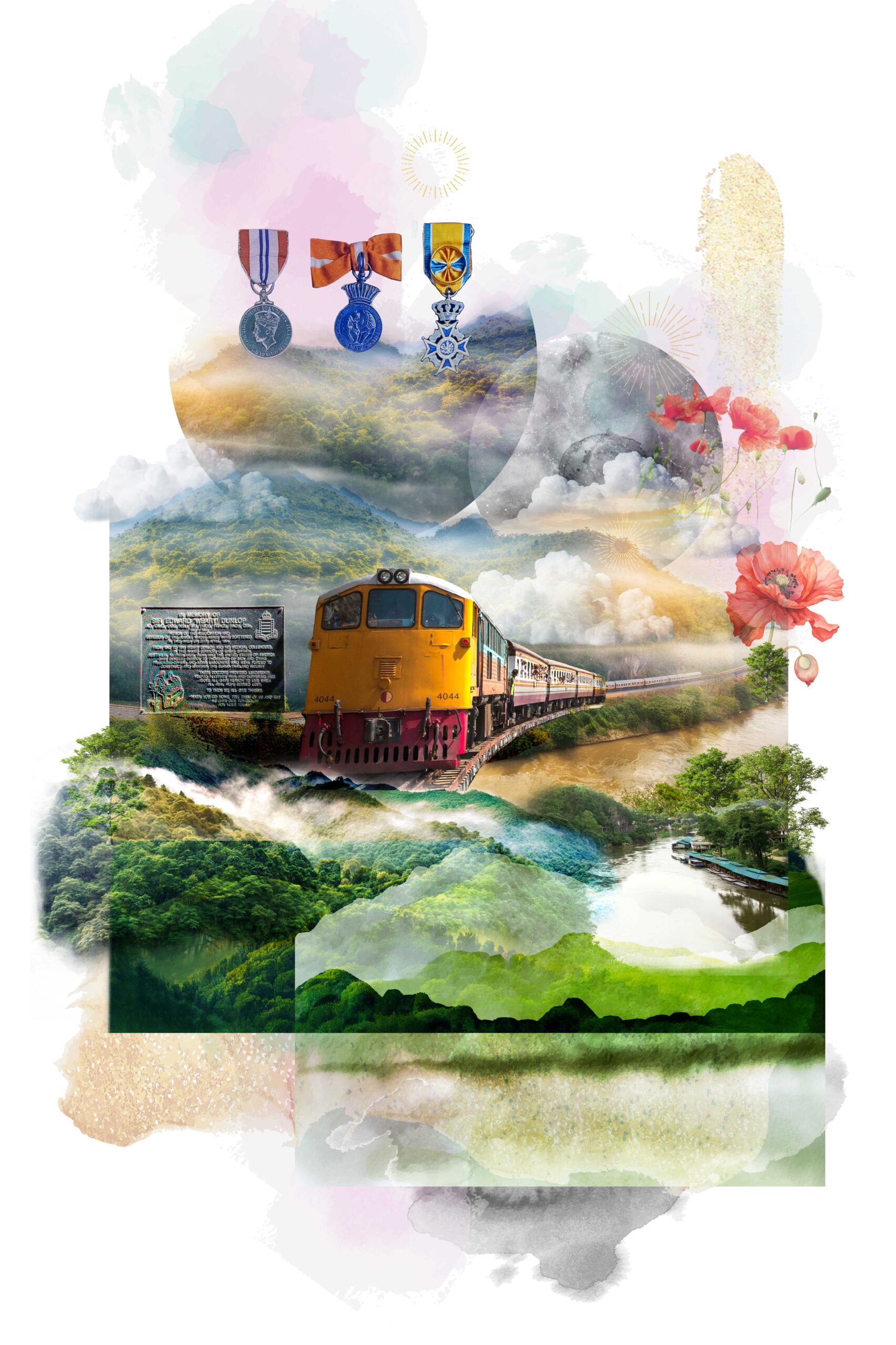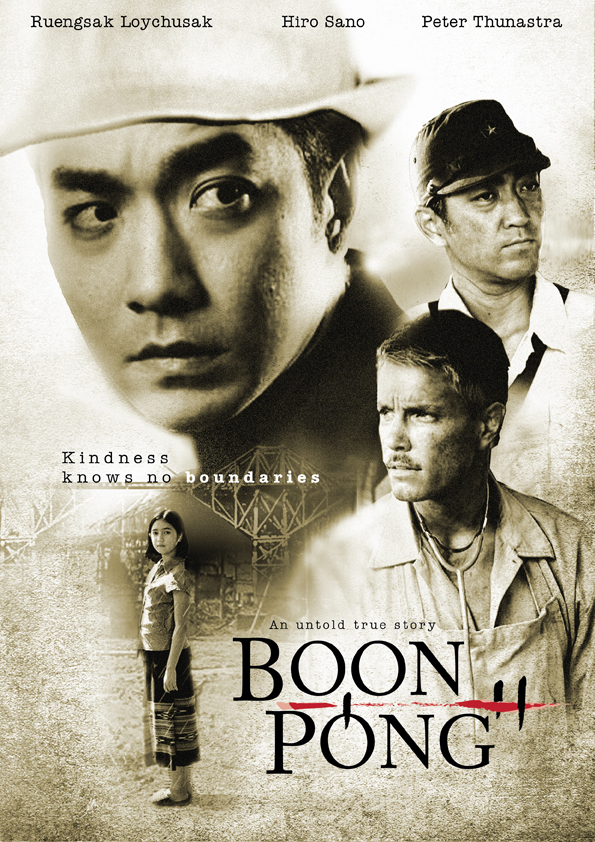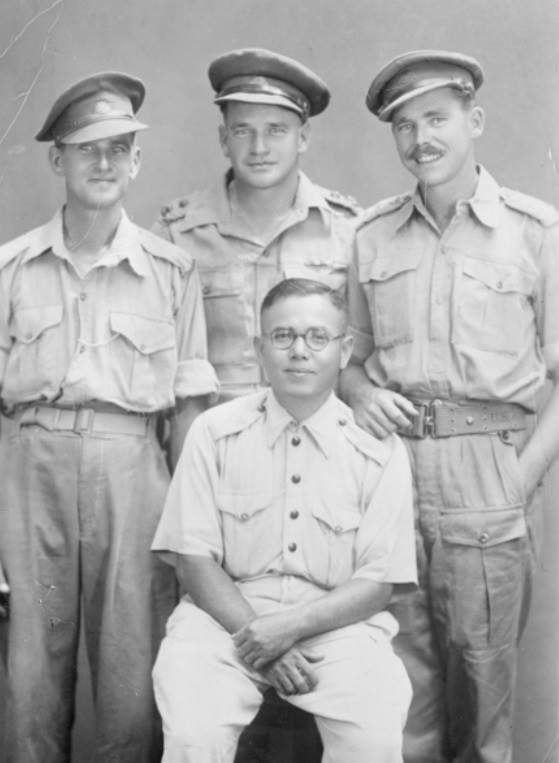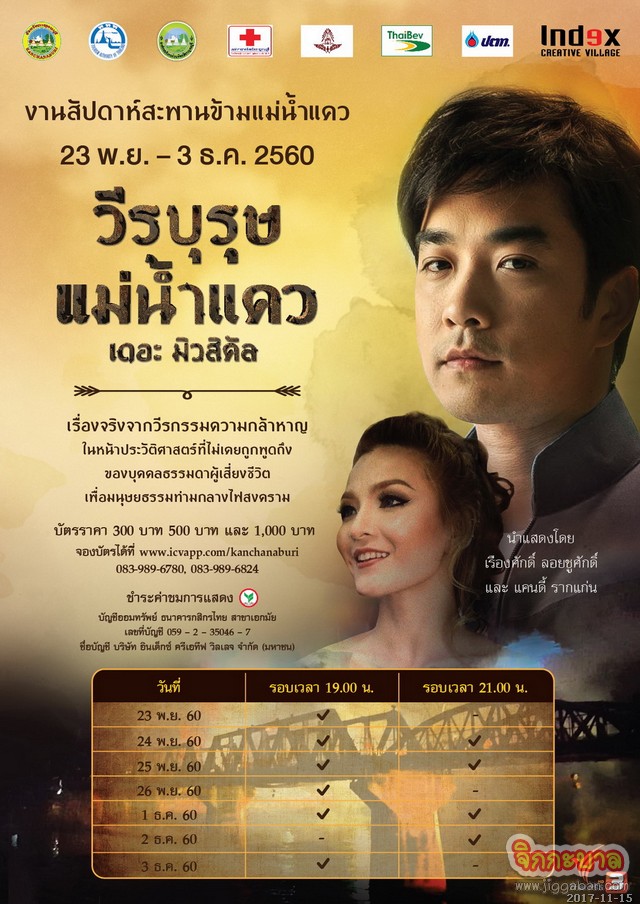
Asst.Prof. Vishnunad Katanyuthaveethip




Abstract :
During World War II (the Second World War or the Asia-Pacific War) which occurred between the years 1941-1945, Thailand experienced significant impacts across political, economic, and social spheres. Despite this, the country managed to maintain its sovereignty and territorial integrity. Thailand also seized the opportunity to become a member of the United Nations. The underground activities of the Free Thai Movement, which opposed the Japanese Empire both domestically and abroad, played a crucial role in ensuring that Thailand (at the time) did not end up on the losing side of the war like Japan. Despite being an ally and allowing Japanese forces passage through Thailand to Burma, as well as permitting the construction of the Thai-Burma railway by Japanese forces, Thailand’s involvement led to significant casualties among allied forces, earning the infamous moniker “Death Railway,” where it was said, “for every railroad tie laid, a life was lost.” Furthermore, there was another significant figure, a national hero of Thailand, who was highly acclaimed by various countries during the Asia-Pacific War. He was awarded the Medal of Valor by the governments of the United Kingdom, Australia, and the Netherlands. Subsequently, he was bestowed with The George Cross (GC), a prestigious British honor, and was decorated by Her Majesty Queen Elizabeth II during her visit to Thailand as “Lieutenant Colonel Boonpong” Boonpong Sirivejjaphan, a Thai hero, was bestowed with the nickname “The Quiet Lions” by fellow soldiers for his noble deeds. He became known as the “Hero of the Death Railway” due to his beautiful acts of kindness, compassion, and humanity. He covertly aided Allied prisoners of war who were imprisoned and lacking food and medicine, helping them survive despite the imminent danger to his own life, his 13-year-old daughter, and his fearless family. He courageously smuggled food, medical supplies, and medicine hidden in baskets of vegetables and fruits into the POW camp at “Khao Chong Kai.” It’s particularly regrettable that Mr. Boonpong wasn’t properly honored and recognized in Thai national history to serve as a positive example for future generations, highlighting the valor of Thai heroes during World War II. Despite never taking up arms in battle, he was esteemed as a hero by numerous countries. Although there have been some portrayals of Mr. Boonpong’s heroism through films, television, and stage dramas, it’s crucial that his story be included in the curriculum of the Ministry of Education. This inclusion would allow future generations to learn and emulate the noble qualities of his life. With this in mind, presenting the story of “Mr. Boonpong: The Non-Combatant War Hero” on this occasion could help further disseminate his heroism widely beyond previous portrayals in films, television, and stage dramas. It’s hoped that someday his name may indeed appear in Thai textbooks.
Objectives :
- To disseminate the significance of the local Thai history of the ordinary people who shape history and culture.
- To promote the kindness of Thai people, which is the true foundation of Thailand’s soft power.
- To disseminate and promote the Buddhist proverb that “Kindness sustains the world”.
Conceptual Framework :
The story of Mr.Boonpong, a Thai war hero, and his daughter, Miss Phanee who clandestinely aided Allied prisoners of war by covertly smuggling food, medicine, and medical supplies into the POW camp at “Khao Chong Kai”, is a tale of extraordinary bravery amidst the dangers posed by the Japanese military during the tumultuous Asia-Pacific War. This was a time when the Japanese forces were constructing the Thai-Burma railway, leading to the tragic deaths of tens of thousands of Allied prisoners, hence the saying “for every railroad tie laid, a life of an Allied soldier was lost”. Without the courageous efforts of Mr.Boonpong and his daughter, the death toll among the Allied prisoners could have been even higher. After the conclusion of World War II, Mr.Boonpong was honored with royal decorations and medals of valor from the governments of the United Kingdom, Australia, and the Netherlands as a tribute to his bravery that helped save countries lives. The story is depicted as a train procession running along the perilous Death Railway, skirting the cliff faces of Krasae Cave, with the narrow Kwai River flowing below along the rugged cliffs of the Tenasserim Hills. This serves as a reminder of the events surrounding the construction of the railway. Using photomontage techniques, images are collaged and layered to create a multidimensional narrative on transparent acrylic sheets. These events float in the memory, intangible yet vivid in the recollection of Mr. Boonpong, who stands on the opposite riverbank, along with Miss Phanee, his daughter, who should rightly be honored as another Thai heroine in history. Furthermore, images of Mr. Boonpong and Miss Phanee are presented as outline sketches lacking detail, on transparent acrylic sheets. This represents the intangible nature of their presence in Thai history, despite receiving international recognition symbolized by the prominent overlay of the Medal of Valor. This emphasizes the esteemed status bestowed upon Thai heroes. However, their stories have not been recorded in Thai history, leaving future generations unaware of their existence, as if they never truly existed.
Process / Methodology :
- Study the events of World War II, particularly those related to the “Pacific War”.
- Study the story of constructing a high-risk railway line and partnership acceptance criteria.
- Study to find the causes that lead to a significant number of coalition forces losing their lives.
- Study the reasons why Khun Boonpong and his daughter got to involved in the Thai-Myanmar railway construction event.
- Study the methods used by Khun Boonpong and his daughter to clandestinely send food, medicine, and medical supplies.
- Analyze and compile the received data to summarize and find design guidelines.
- Analyze key issues to be presented in order to achieve the objectives set.
- Work on design in the form of photomontage and utilize mixed media integration in the design process.
Techniques and Materials :
Result / Conclusion :
Promoting the stories and virtues of Mr. Boonpong, the World War II hero, and his daughter in various formats such as films, television shows, and stage dramas can indeed enhance public awareness of their remarkable narratives. However, diversifying the presentation channels could further broaden public perception. Expanding the avenues for dissemination would greatly enhance public awareness.
Therefore, this design project can serve as another avenue to expand awareness among students and enthusiasts in the fields of art and design.
However, above all else, these various media outlets are merely alternative channels that may not specifically target the general public to access these valuable narratives universally. Therefore, if the stories of Mr. Boonpong and his virtues are included in the curriculum of the Ministry of Education, it would enable students to use them as guidelines for leading proper and virtuous lives. Moreover, it would facilitate the sustainable transmission of these paths of goodness to future generations.